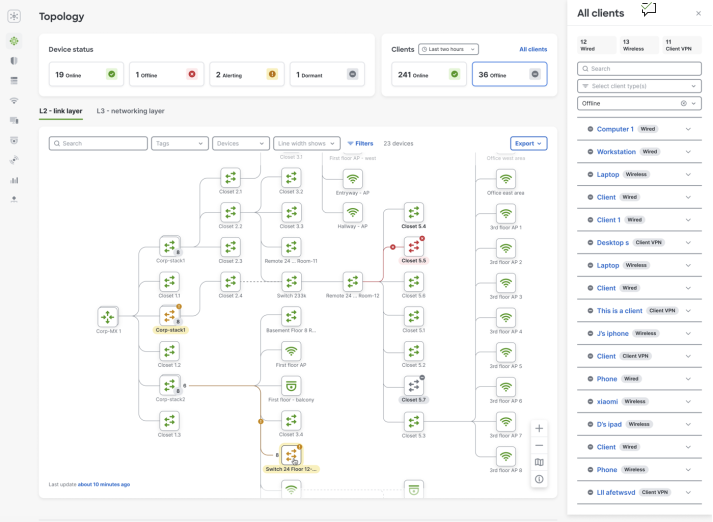Hybrid and remote work have become a coveted way of life for many professionals around the world. The elimination of commutes, flexibility in scheduling, and opportunity to work in your pajamas is so appealing that nearly 50% of remote employees stated they would look elsewhere for employment in the event of a return-to-office mandate.
Although working from home is cited as being easier and less stressful for many employees, has anyone stopped to ask IT professionals how they feel about this? Probably not.
Remote work = greater complexity and security risks
The hype around remote work often ends at the doorstep of the IT department. When it comes to the management of a remote workforce, what was once solved by a simple VPN has grown into an intricate combination of managing permissions, ensuring secure access, fighting for visibility into remote networks, and scaling to meet the changing demands of the business. These challenges can be attributed to the growing reliance on hybrid cloud workloads, which comes in parallel with the rise of large-scale remote work.
For organizations embracing a work-from-home (WFH) policy, this often creates a headache for the teams in charge of delivering the simple and secure experiences that businesses and their employees expect. Security is key for an effective hybrid work strategy, but when remote employees access corporate networks through low-grade routers operated and owned by residential service providers, a proper security posture becomes difficult to maintain in the long run.
One platform for everything
Cisco Meraki is positioned to solve the issue of managing a remote workforce and has been doing so for the better half of the past decade. The Z Series cloud-managed teleworker gateway enables IT teams to connect, secure, and troubleshoot remote workers from the same platform as branch, campus, and IoT.
The newest line of cloud-managed teleworker gateways in the Z4 family provides a secure enterprise-grade router with a built-in firewall that is centrally managed and observed from the Meraki dashboard. When combined with the new Secure Teleworker license, customers benefit from deeper visibility and tighter security thanks to advanced content filtering, health metrics, and integrations into Cisco Talos and Cisco AMP. The ability to provide cellular connectivity to remote employees with the Z4C ensures that your business-critical staff such as IT admin, security teams, and support personnel stay online and connected to the network in the event of internet outages.
Secure remote work that is here to stay
The Meraki Z4 provides unique benefits that satisfy each stakeholder in your business’ remote work strategy.
- IT teams enjoy zero-touch provisioning for thousands of remote employees with robust monitoring features and blanketed enterprise-grade security that effectively turns each home office into a mini-branch.
- Remote workers benefit from a sleek, quiet desktop gateway that boosts their overall WFH experience through improved application quality.
- The business benefits from a reliable, long-term remote work strategy that widens their hiring pool, retains top talent, and mitigates a growing security risk.
Built on the Meraki platform, businesses can easily scale through our intuitive product offerings that cover everything from SD-WAN, IoT, switching, and more. IT teams can add even more value by leveraging integrations with both Cisco and third-party applications. All of this can be managed simply from a single Meraki dashboard.
By combining Meraki cloud-managed teleworker gateways with the power of the Meraki platform, businesses can ensure that their remote or hybrid workforce stays secure when accessing applications, regardless of where the user or workload resides.
For more information on how the Meraki Z4 can transform your remote work experience, explore our page or contact our sales team.
The post Creating a Long-Term Strategy for Secure Remote Work appeared first on The Meraki Blog.








